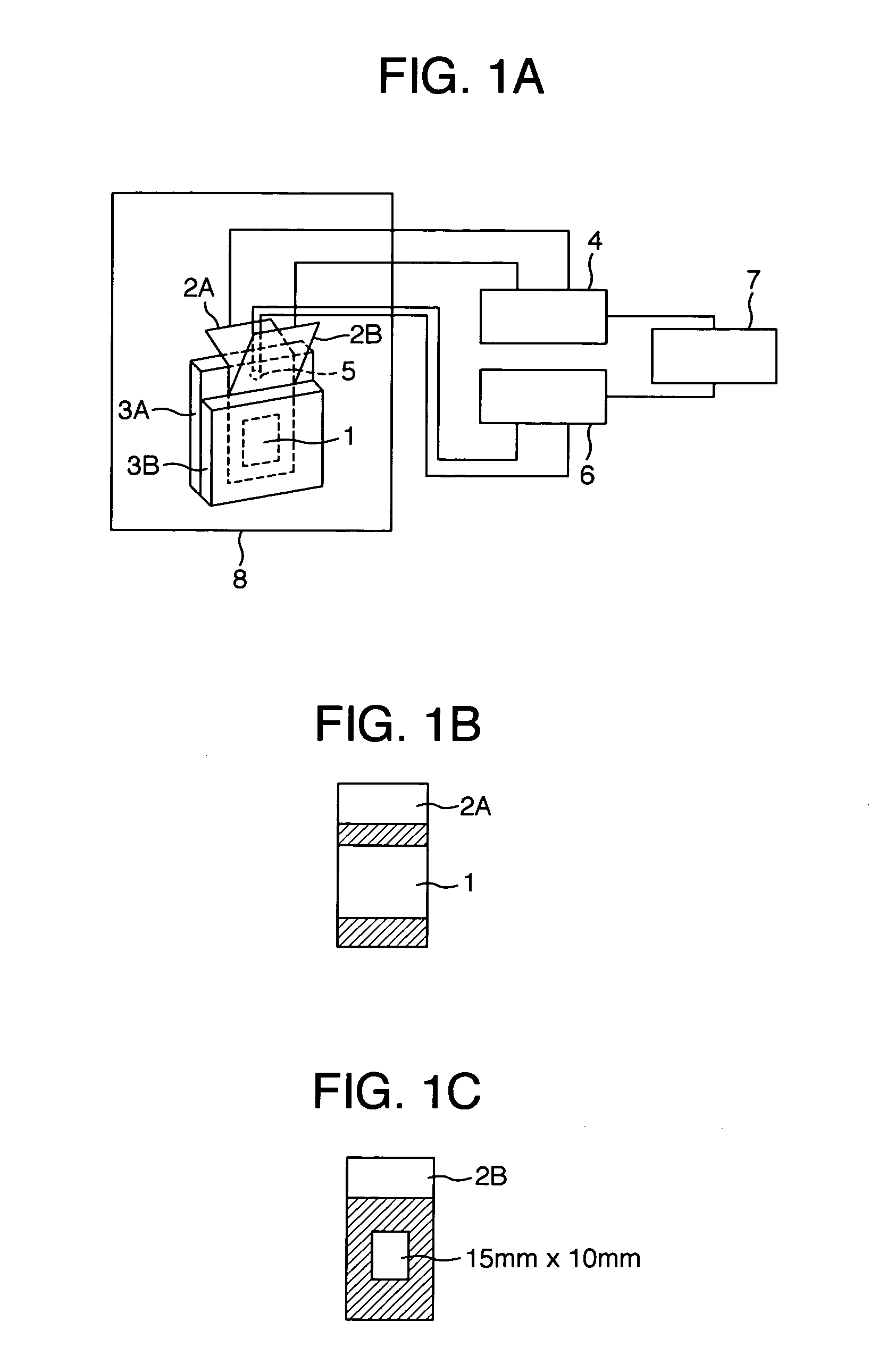Microporous polyethylene film
a microporous polyethylene and battery separator technology, applied in the direction of cell components, cell components, membranes, etc., can solve the problems of low permeability and productivity, difficult to provide a microporous polyethylene film that satisfies both fuse effect and heat resistance, and achieves high heat resistance, high permeability and productivity, and high mechanical strength.
- Summary
- Abstract
- Description
- Claims
- Application Information
AI Technical Summary
Benefits of technology
Problems solved by technology
Method used
Image
Examples
example 1
[0106] First, 10.5 parts of a high density polyethylene copolymer having an MI of 0.8 (Mv of 150000) (comonomer: propylene, propylene unit content of 0.6% by mole, density of 0.95), 10.5 parts of high density homopolyethylene having an Mv of 300000 (MI of 0.05) (comonomer unit content of 0.0% by mole, density of 0.95), 5.2 parts of high density homopolyethylene having an Mv of 700000 (MI of less than 0.01) (comonomer unit content of 0.0% by mole, density of 0.95), 8.8 parts of ultrahigh molecular weight homopolyethylene having an Mv of 2000000 (comonomer unit content of 0.0% by mole, density of 0.94), and 0.3 parts of tetrakis-[methylene-3-(3′,5′-di-t-butyl-4′-hydroxyphenyl)propionate]methane as an antioxidant were blended and fed to a twin screw extruder through a feeder. Then, 65 parts of liquid paraffin (P-350 (trademark) manufactured by Matsumura Oil Co., Ltd.) was poured into the extruder through a side feed, the blend was kneaded at 200° C., and the kneaded blend was extruded ...
example 2
[0107] A microporous film was produced in the same manner as in example 1, provided that the polyethylene materials used were 10.5 parts of a high density polyethylene copolymer having an MI of 0.8 (Mv of 150000) (comonomer: propylene, propylene unit content of 0.6% by mole, density of 0.95), 14 parts of high density homopolyethylene having an Mv of 300000 (MI of 0.05) (comonomer unit content of 0.0% by mole, density of 0.95) and 10.5 parts of ultrahigh molecular weight polyethylene having an Mv of 2000000 (MI of less than 0.01) (comonomer unit content of 0.0% by mole, density of 0.94) and the thickness of the gel sheet was 1400 μm.
[0108] The physical properties of the obtained microporous film are shown in Table 1.
example 3
[0109] A microporous film was produced in the same manner as in example 1, provided that the polyethylene materials used were 7 parts of a high density polyethylene copolymer having an MI of 1.0 (Mv of 120000) (comonomer: propylene, propylene unit content of 0.8% by mole, density of 0.94), 17.5 parts of high density homopolyethylene having an Mv of 300000 (MI of 0.05) (comonomer unit content of 0.0% by mole, density of 0.95) and 10.5 parts of ultrahigh molecular weight homopolyethylene having an Mv of 2000000 (MI of less than 0.01) (comonomer unit content of 0.0% by mole, density of 0.94) and the thickness of the gel sheet was 1000 μm.
[0110] The physical properties of the obtained microporous film are shown in Table 1.
PUM
| Property | Measurement | Unit |
|---|---|---|
| Temperature | aaaaa | aaaaa |
| Temperature | aaaaa | aaaaa |
| Thickness | aaaaa | aaaaa |
Abstract
Description
Claims
Application Information
 Login to View More
Login to View More - R&D
- Intellectual Property
- Life Sciences
- Materials
- Tech Scout
- Unparalleled Data Quality
- Higher Quality Content
- 60% Fewer Hallucinations
Browse by: Latest US Patents, China's latest patents, Technical Efficacy Thesaurus, Application Domain, Technology Topic, Popular Technical Reports.
© 2025 PatSnap. All rights reserved.Legal|Privacy policy|Modern Slavery Act Transparency Statement|Sitemap|About US| Contact US: help@patsnap.com


